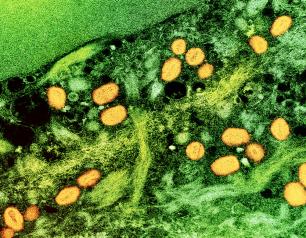NIAID supports research to understand, diagnose, and treat many of the world’s most intractable and widespread diseases. Explore NIAID research through the diseases and conditions as well as the cross-cutting disciplines and approaches below.
Filter research areas by:
Disciplines & Approaches |
All Diseases & Conditions |
Allergic Diseases |
Immunologic Diseases |
Infectious Diseases
5 Results
HIV/AIDS
Human immunodeficiency virus, commonly known as HIV, is a virus that targets the immune system and can lead to acquired immunodeficiency syndrome (AIDS) if left untreated. HIV can be transmitted through sexual intercourse, using needles that have been in contact with bodily fluids containing HIV, and during pregnancy, childbirth, or breastfeeding—a concept known as vertical transmission.
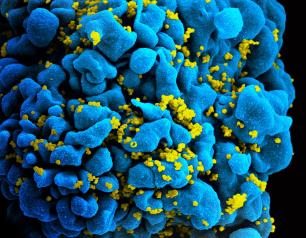
Fungal Diseases
Fungi include a wide range of organisms, such as mushrooms, molds, and yeast, that are common outdoors in water, soil and air; indoors on surfaces; and on our skin and inside our bodies. Mold can worsen breathing problems in people with allergies or asthma, while various types of fungus can infect nails and cause skin rashes.
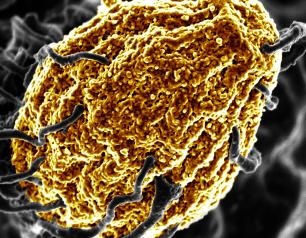
Tuberculosis
Tuberculosis (TB) is a contagious disease caused by infection with Mycobacterium tuberculosis (Mtb) bacteria. It is spread through the air when a person with TB disease of the lungs or throat coughs, speaks or sings, and people nearby breathe in these bacteria and become infected.
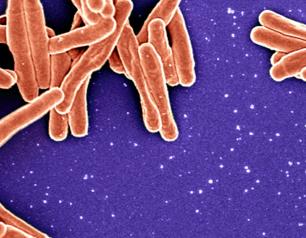
Leishmaniasis
Leishmaniasis is a parasitic disease transmitted by the bites of infected sand flies. It is found in nearly 88 countries, from rain forests in Central and South America to deserts in the Middle East and west Asia. Some cases of the disease have also appeared in Mexico and Texas. The disease takes several different forms, including the most common cutaneous leishmaniasis, which causes skin lesions, and the more severe visceral leishmaniasis (also known as kala azar), which affects internal organs such as the spleen, liver, and bone marrow.
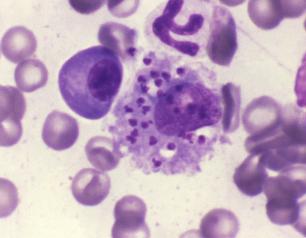
Mpox
Mpox is caused by the monkeypox virus (MPXV). MPXV is part of the Orthopoxvirus genus, which also includes variola virus (the cause of smallpox), vaccinia virus, and cowpox virus. NIAID is conducting and supporting research focused on developing and evaluating treatments and vaccines for mpox, understanding disease pathogenesis, transmission, and spillover, evaluating immunological responses to MPXV, and bolstering the critical research resources foundational to supporting the ongoing public health response.
